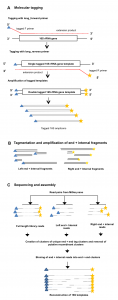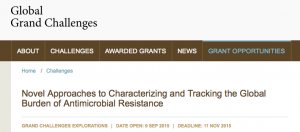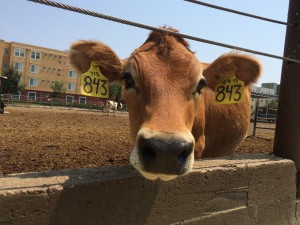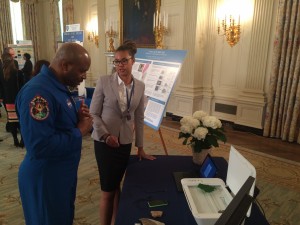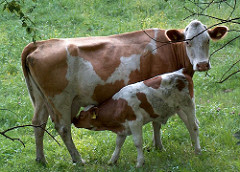Microbial ecology has benefited enormously from the development of high throughput sequencing technologies, driving the discovery of massive diversity in environments from the ocean to the human body. Where sequencing of less than one hundred 16S rRNA genes from several samples used to be common place with cloning and Sanger sequencing, we can now generate tens …
A new open access paper in Frontiers in Microbiology looked at the microbial communities found on buildings of the Auschwitz concentration camp in Poland. I’m currently travelling, so I only have time to post the abstract here. One Hundred Years by The Cure, a song about war and destruction, seemed a good choice for this post. …
This blog post by Jennifer Glass, assistant professor in the School of Earth and Atmospheric Sciences at Georgia Institute of Technology, chronicles her journey from first falling in love with marine science as a college freshman, to the first original research paper out of her own lab, now openly accessible: Glass JB, Kretz CB, Ganesh S, Ranjan P, Seston SL, …
Have you heard of probiotics in cosmetics? How about a bacterial mist? A young company called Mother Dirt, with research partner AOBiome, sells a mist containing their now patented strain of Nitrosomonas bacteria (Nitrosomonas D23), an ammonia-oxidizer. The species was cultured from the skin of one of the heads (or arm? leg?) of the company. Here’s how …
When I first started trying to do PCR in Colleen Cavanaugh‘s lab in 1989, I was kind of on my own. Colleen was a newly hired profession at Harvard. She was busy getting things set up. And I was the only person in the lab – and I really knew very little. And basically I …
This seems like a really good opportunity for some interesting and critically important microbial diversity work: Novel Approaches to Characterizing and Tracking the Global Burden of Antimicrobial Resistance | Grand Challenges This link is to a call for proposals from the Bill and Melinda Gates Foundation on Antimicrobial Resistance. Specifically they write: We are soliciting …
(Note: This post was composed in March 2014 but somehow never got published) No environmental measurement is arguably more critical to understanding the indoor environmental factors relevant to the presence of fungi or the potential survival of infectious airborne agents than the moisture measurements. Characterization of the presence of moisture on surfaces, also known as …
Going through some old draft microBEnet posts and came across this one, “Taking Aim at Microbes on Farm Good Strategy for Food Safety | Food Safety News”. This is a nice article about microbiological control at food production facilities… but that doesn’t just focus on the (justifiably) scary antibotic resistance breeding ground angle. This article …
Great to see the White House is keeping going with its commitment to citizen science and crowdsourcing activities. They will be hosting a Web Forum on the topic on September 30th. See Open Science and Innovation: Of the People, For the People, By the People | whitehouse.gov In this they write: Only a small fraction of …
A new PLoS One article from Dorado-GarcÃa et al. on the effectiveness of certain countermeasures to antimicrobial resistance shows some encouraging results. The study used MRSA levels as a positive indicator for antimicrobial resistance in Dutch veal farms. There were three methods of reducing MRSA levels in the farms that were studied: one program used protocol-driven methods, one used …
